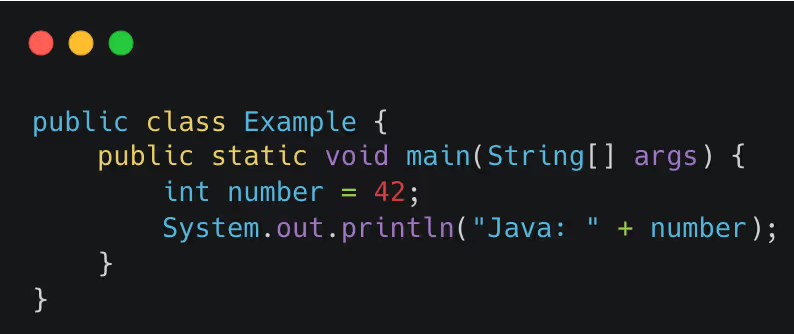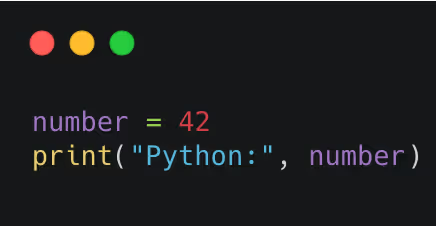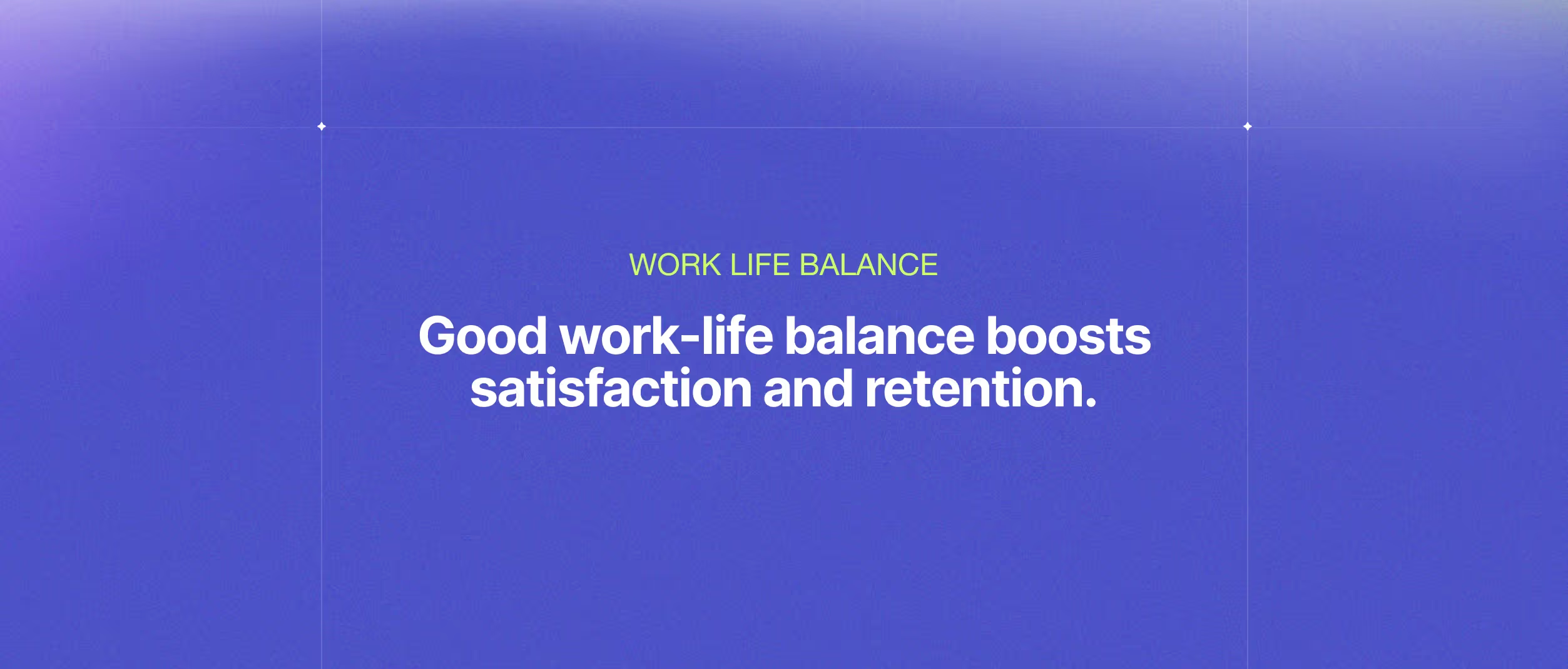When you immerse yourself in the vast programming world, choosing the right language marks the beginning of an exciting journey. Java and Python stand out as exceptional options, particularly for those taking their first steps in coding. The good news is that you really can't go wrong choosing one or the other. Here we tell you some reasons that these two languages share and that make them excellent options for beginner programmers.
Both enjoy notable popularity and are highly in demand in the industry. They have active and vibrant communities that support their continued development.
The beauty is that they are open source, removing economic barriers for those who want to immerse themselves in the world of programming. Both Java and Python allow you to start coding without the need to purchase paid licenses.
You can begin your programming journey in either of these two languages with just an internet connection and a computer running Windows, OS X, or Linux. Barriers to entry are minimal, making it easier for new programmers to access.
Although they share these similarities, we cannot ignore that they also have their differences. Some developers lean towards one or the other for various reasons. Below, we'll explore those differences, providing you with the information you need so you can decide which of these two languages best suits you.
History
Java, conceived in the 1990s by James Gosling and his team at Sun Microsystems, initially intended for mobile devices, established itself as the primary language for web application development. Its versatility and ability to operate on any platform through the JVM took Java from mobile devices to the cloud, adapting and evolving.
On the other hand, Python, created by Guido van Rossum in the late 1980s, was created with the vision of a readable and productive language. Its clear and concise syntax has made it a dominant force in areas such as web development, artificial intelligence, and data analysis. Python's constant evolution, with improvements in each version, keeps it at the forefront of innovation and efficiency.
Features
Java stands out for its robustness and static typing. Static typing ensures early detection of errors during compilation, providing confidence in the integrity of the code. Its focus on object orientation promotes orderly structuring and code reuse, providing a solid foundation for the development of scalable and reliable systems.
Python is distinguished by its versatility and elegance. Dynamically typed, it offers flexibility by dynamically adapting to data types. Its readable and clear syntax makes code easy to understand, making it a popular choice for projects seeking conciseness and efficiency in development. The simplicity of Python allows developers to express ideas quickly and effectively.
Syntax and code structure
The syntax of Java is distinguished by its precision and consistent structure. Declaring variables involves specifying their type, offering clarity at the cost of increasing the length of the code. Here is a straightforward example:

In contrast, Python's syntax stands out for its simplicity and readability. Declaring variables does not require specifying the type, which makes the code more concise. Here is an example equivalent to the above in Python:

Python's simplicity often translates into fewer lines of code to achieve the same results, encouraging faster and less error-prone development.
Build, running, and performance
Java follows a build-before-run approach. The source code is compiled into bytecode, which runs in the Java Virtual Machine (JVM). This process provides portability, as the same bytecode can run on multiple platforms without the need for recompilation. However, the build phase can extend the time required to start the application.
Python, on the other hand, uses an interpretive approach. The source code is interpreted line by line during execution, making it easy to modify and experiment quickly. However, this approach can impact performance compared to compiled languages, especially in resource-intensive applications.
In terms of performance, Java tends to excel in large-scale, compute-intensive applications thanks to its early compilation. Python, although it may be slightly slower in certain scenarios, excels at its development speed and is ideal for projects where execution speed is not the top priority.
Applications and use cases
Java: Strength in Business Applications
Java shines in large-scale enterprise applications. Its robustness and ability to handle intensive workloads make it the leading choice for backend systems, enterprise applications, and web services. Frameworks such as Spring and Java EE enhance the development of complex and scalable solutions.
Python: Rapid Development Versatility
Python excels in situations that require rapid development and versatility. It is the preferred language in the field of artificial intelligence and machine learning, where libraries such as TensorFlow and PyTorch are essential. Furthermore, its extensive use in scripting, web development (Django, Flask), and data analysis underlines its versatility.
Community and popularity
Which is more popular? Python or Java? It is a difficult question to answer. The persistent competition between these two languages and JavaScript for the top spots on the list of most popular programming languages has been ongoing for years, and the trend seems to continue.
When you're just starting, learning a popular programming language means having access to numerous tutorials and related articles. When developing a complete application, a popular language offers you a wide range of third-party libraries that you can incorporate into your project to speed up the development process and reduce the likelihood of errors.
The Java community is vast and diversified, backed by decades of existence. It is especially strong in the enterprise space, with wide adoption in large corporations. Java's stability and scalability have contributed to a strong community that shares knowledge through forums, conferences, and contributions to open-source projects.
Python has seen an explosion in popularity over the last decade, attracting developers from various fields. Their community is known for being inclusive and welcoming, making it easy for beginners and experts alike to participate. The diversity of Python applications has contributed to a vibrant community that shares resources, tutorials, and contributions to collaborative projects.
Jobs and salaries
Java remains a pillar in the labor market, especially in large companies. Java developers often find opportunities in developing enterprise software, mobile applications, and embedded systems. Stability and consistent demand contribute to competitive salaries, making Java a solid choice for those seeking stable, well-paying careers.
On the other hand, Python has rapidly gained ground, creating significant demand in fields such as artificial intelligence, data science, and web development. Python's versatility translates into a diversity of career opportunities. The growing popularity of the language has led to a demand for Python developers, with attractive salaries, especially in specialized roles such as data scientist or machine learning engineer.
The choice between Java and Python in terms of employment and salaries depends on the career direction one is seeking. Java offers stability and opportunity in established companies, while Python provides variety and attractive compensation in cutting-edge areas. The final decision is usually based on the adaptability of the developer and his personal preferences in the workplace.
Conclusion
In the charm of programming, the choice between Java and Python becomes an exciting dilemma. Both languages have unique features and have earned a strong place in the world of software development. There are several aspects that one has to consider when choosing a programming language. Here we can see a comparison of some of these aspects:

Competition between these two giants persists, and the choice between Java and Python becomes a matter of preference, professional goals, and the specific context of the project. Both languages offer exciting opportunities and attractive rewards. Ultimately, the decision comes down to personal goals, adaptability, and individual taste. Whether it is the structured world of Java or the captivating versatility of Python, the programming journey promises exciting challenges and constant satisfaction, regardless of the choice. May the journey continue in the fascinating universe of programming!
Are you deciding between Java and Python for your project? No matter your choice, at Devlane, we have senior engineers who are experts in both technologies and can elevate your Software Development team to the next level. Schedule a meeting with our tech talent experts here.
Other Blog Posts

Work-Life Balance: The Solution to High Turnover of Software Engineers?

Why hire Latin American Developers for your business?




.webp)



